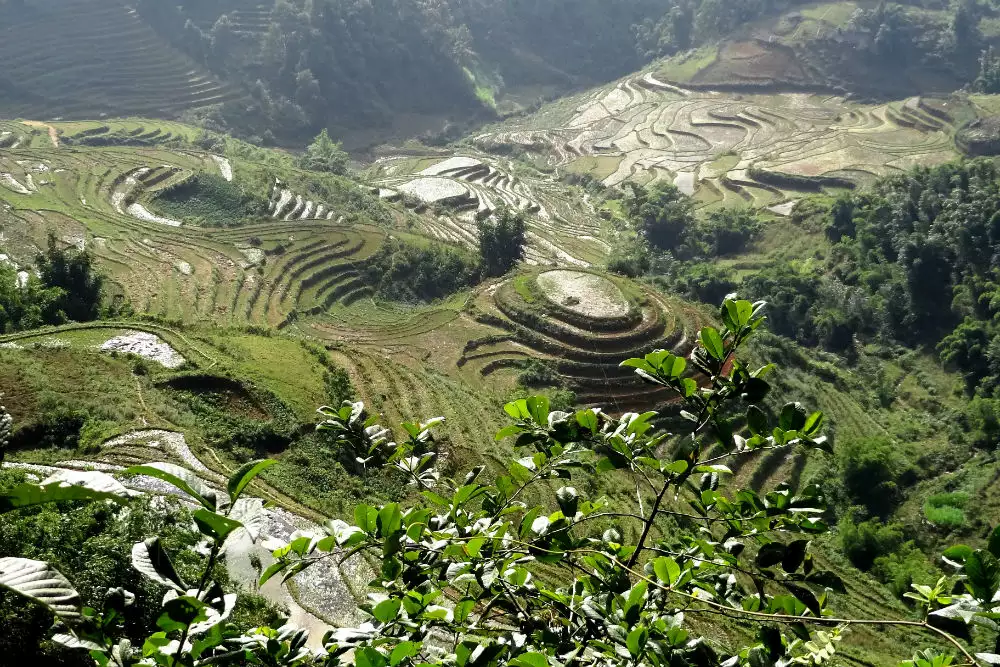

The picturesque Muong Hoa Valley in Sapa, located in the northern province of Lao Cai, Vietnam, has a deep-rooted history in tourism that intertwines with the rich cultural fabric of the indigenous people and the stunning natural landscape. With its terraced rice fields cascading down the hillside like ribbons and traditional villages dotting the region, Muong Hoa Valley has emerged as a beacon for trekkers, cultural enthusiasts, and nature lovers alike.
Historically, Sapa and its surrounding areas were relatively unknown to the outside world until French colonialists discovered the region in the late 19th century. Recognizing its potential as a hill station due to its moderate climate, the French began to develop Sapa as a retreat from the heat of the Vietnamese lowlands.
However, it was not until the late 20th century that Muong Hoa Valley began to gain recognition as a tourist destination. The opening of Vietnam to international tourism in the 1990s brought a new wave of visitors eager to explore its unique offerings. Trekkers started to take notice of the spectacular scenery and the opportunity to engage with local ethnic groups such as the H’mong, Red Dao, and Tay, whose traditions and lifestyles add a rich layer to the travel experience in the region.
In recent years, tourism in Muong Hoa Valley has evolved to include a range of experiences, from luxury resorts to homestays that offer a glimpse into the life of the local communities. The trend towards sustainable and responsible tourism has also been gaining momentum. Initiatives that promote eco-friendly practices, protect the environment, and benefit the local economy are increasingly popular among travelers making their way to the valley.
Interactive cultural activities such as trekking through the valley, joining a local guide for a tour of the ancient rock carvings scattered throughout the area, or participating in agricultural activities are all integral parts of visiting Muong Hoa. The valley is also famous for its Sapa O’Chau social enterprise which focuses on providing community-based tourism experiences that support education and local development.
Another recent tourism trend in the valley is the rise of photography tours, as the region's beauty provides a perfect canvas for both amateur and professional photographers. The best time to capture the quintessential images of Muong Hoa Valley is during the rice planting season from April to May and the harvest season from September to October when the paddies are a vibrant green and golden yellow, respectively.
As tourism in Muong Hoa Valley continues to grow, there is a strong emphasis on finding a balance between welcoming visitors and preserving the natural and cultural heritage of the area. Local authorities and communities are actively engaged in creating tourism plans that prioritize sustainability, ensuring that Muong Hoa Valley remains a special destination for generations to come.
Whether you are seeking adventure, cultural immersion, or simply a peaceful retreat in nature, Muong Hoa Valley offers a memorable experience against the backdrop of the stunning Hoang Lien Son mountain range. As this remarkable destination looks towards the future, it continues to captivate and inspire all who journey through its enchanting terrain.